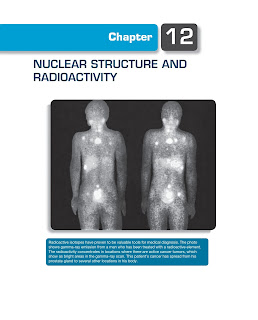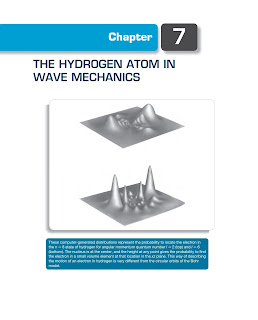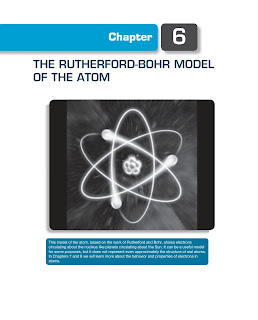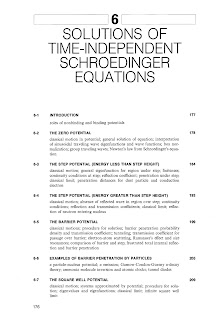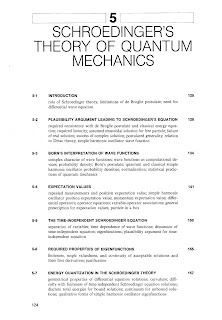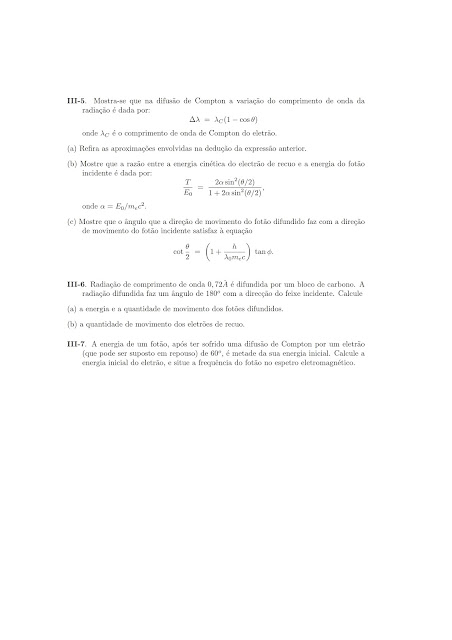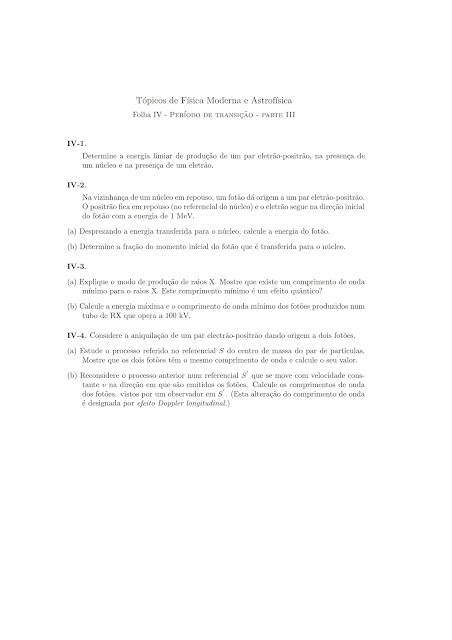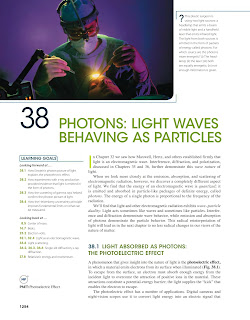quinta-feira, 23 de junho de 2016
terça-feira, 21 de junho de 2016
segunda-feira, 20 de junho de 2016
domingo, 19 de junho de 2016
sábado, 18 de junho de 2016
sexta-feira, 17 de junho de 2016
Bremsstrahlung X-Rays
Bremsstrahlung X-Rays
"Bremsstrahlung" means "braking radiation" and is retained from the original German to describe the radiation which is emitted when electrons are decelerated or "braked" when they are fired at a metal target. Accelerated charges give off electromagnetic radiation, and when the energy of the bombarding electrons is high enough, that radiation is in the x-ray region of the electromagnetic spectrum. It is characterized by a continuous distribution of radiation which becomes more intense and shifts toward higher frequencies when the energy of the bombarding electrons is increased. The curves above are from the 1918 data of Ulrey, who bombarded tungsten targets with electrons of four different energies.
The bombarding electrons can also eject electrons from the inner shells of the atoms of the metal target, and the quick filling of those vacancies by electrons dropping down from higher levels gives rise to sharply defined characteristic x-rays.
Characteristic X-Rays
Characteristic X-Rays
| Characteristic x-rays are emitted from heavy elements when their electrons make transitions between the lower atomic energy levels. The characteristic x-ray emission which is shown as two sharp peaks in the illustration at left occur when vacancies are produced in the n=1 or K-shell of the atom and electrons drop down from above to fill the gap. The x-rays produced by transitions from the n=2 to n=1 levels are called K-alpha x-rays, and those for the n=3→1 transition are called K-beta x-rays. Transitions to the n=2 or L-shell are designated as L x-rays (n=3→2 is L-alpha, n=4→2 is L-beta, etc. ). The continuous distribution of x-rays which forms the base for the two sharp peaks at left is called"bremsstrahlung" radiation. |
X-ray production typically involves bombarding a metal target in an x-ray tube with high speed electrons which have been accelerated by tens to hundreds of kilovolts of potential. The bombarding electrons can eject electrons from the inner shells of the atoms of the metal target. Those vacancies will be quickly filled by electrons dropping down from higher levels, emitting x-rays with sharply defined frequencies associated with the difference between the atomic energy levels of the target atoms.
The frequencies of the characteristic x-rays can be predicted from the Bohr model. Moseley measured the frequencies of the characteristic x-rays from a large fraction of the elements of the periodic table and produced a plot of them which is now called a "Moseley plot".
Characteristic x-rays are used for the investigation of crystal structure by x-ray diffraction. Crystal lattice dimensions may be determined with the use of Bragg's law in a Bragg spectrometer.
| Labeling of x-ray transitions |
| Table of K-alpha x-ray energies |
Pair Production
Pair Production
Every known particle has an antiparticle; if they encounter one another, they will annihilate with the production of two gamma-rays. The quantum energies of the gamma rays is equal to the sum of the mass energies of the two particles (including their kinetic energies). It is also possible for a photon to give up its quantum energy to the formation of a particle-antiparticle pair in its interaction with matter.
The rest mass energy of an electron is 0.511 MeV, so the threshold for electron-positron pair production is 1.02 MeV. For x-ray and gamma-ray energies well above 1 MeV, this pair production becomes one of the most important kinds of interactions with matter. At even higher energies, many types of particle-antiparticle pairs are produced.
quinta-feira, 16 de junho de 2016
Planck Radiation Formula
Planck Radiation Formula
From the assumption that the electromagnetic modes in a cavity were quantized in energy with the quantum energy equal to Planck's constant times the frequency, Planck derived a radiation formula. The average energy per "mode" or "quantum" is the energy of the quantum times the probability that it will be occupied (the Einstein-Bose distribution function):
This average energy times the density of such states, expressed in terms of either frequency or wavelength
gives the energy density, the Planck radiation formula.
Example | |
Example |
The Planck radiation formula is an example of the distribution of energy according to Bose-Einstein statistics. The above expressions are obtained by multiplying the density of states in terms of frequency or wavelength times the photon energy times the Bose-Einstein distribution function with normalization constant A=1.
To find the radiated power per unit area from a surface at this temperature, multiply the energy density by c/4. The density above is for thermal equilibrium, so setting inward=outward gives a factor of 1/2 for the radiated power outward. Then one must average over all angles, which gives another factor of 1/2 for the angular dependence which is the square of the cosine.
| Major applications of the Planck formula |
quarta-feira, 15 de junho de 2016
Spectral Colors
Spectral Colors
In a rainbow or the separation of colors by a prism we see the continuous range of spectral colors (the visible spectrum). A spectral color is composed of a single wavelength and can be correlated with wavelength as shown in the chart below (a general guide and not a precise statement about color). It is safe enough to say that monochromatic light like the helium-neon laser is red (632 nm) or that the 3-2 transition from the hydrogen spectrum is red (656 nm) because they fall in the appropriate wavelength range. But most colored objects give off a range of wavelengths and the characterization of color is much more than the statement of wavelength. Perceived colors can be mapped on a chromaticity diagram.
Please note that the above is a very qualitative depiction of the colors associated with different wavelengths of light - it is not a precise colorimetry document.
Wave-Particle Duality: Light
Wave-Particle Duality: Light
Does light consist of particles or waves? When one focuses upon the different types of phenomena observed with light, a strong case can be built for a wave picture:
Interference | Diffraction | Polarization |
By the turn of the 20th century, most physicists were convinced by phenomena like the above that light could be fully described by a wave, with no necessity for invoking a particle nature. But the story was not over.
| Phenomenon | Can be explained in terms of waves. | Can be explained in terms of particles. |
| Reflection | ||
| Refraction | ||
| Interference | ||
| Diffraction | ||
| Polarization | ||
| Photoelectric effect |
Most commonly observed phenomena with light can be explained by waves. But the photoelectric effect suggested a particle nature for light. Then electrons too were found to exhibit dual natures.
Subscrever:
Mensagens (Atom)
